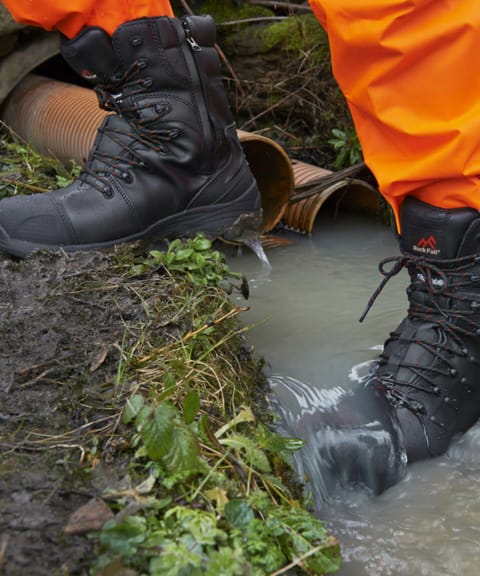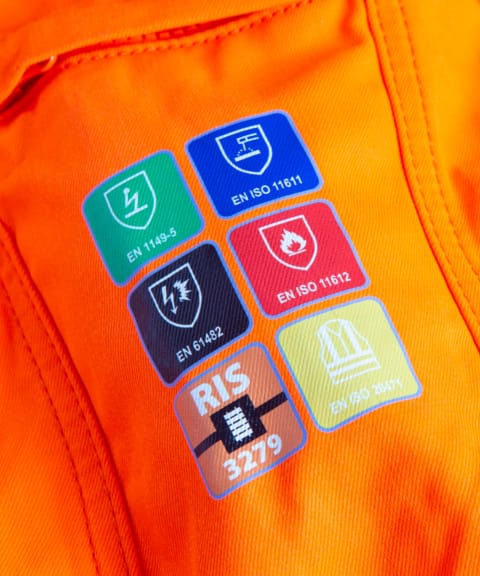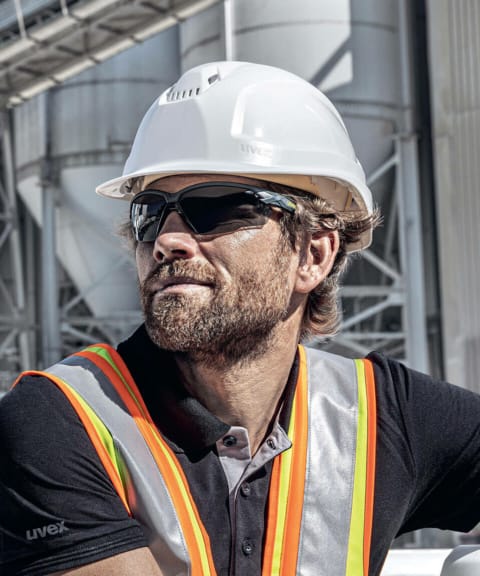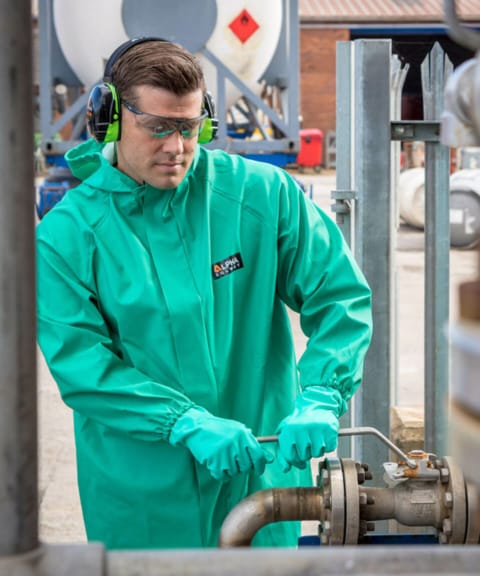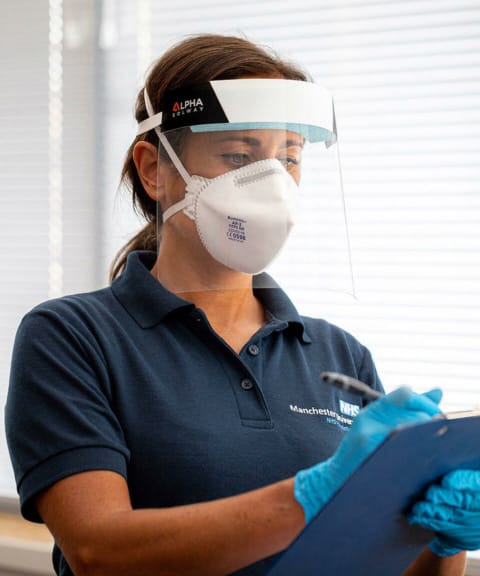
Ear Safety and Hearing Protection
Protect your workers against noise induced hearing loss (NIHL) and other dangers with our ear and hearing protection range.






Effective Ear Safety

Not all threats are visible, protect your teams from noise so they can operate safely and compliantly.
Approximately 30% of UK workers are exposed to dangerous noise levels throughout their day. This creates risk of suffering NIHL which although preventable, does pose a risk of permanent and irreversible damage.
As an employer, it is mandatory that you effectively assess noise risks and the appropriate steps to eliminate, reduce, or provide appropriate PPE to minimise exposure to hazardous noise levels.
At DCC, we can help you navigate this complexity and stay on the right side of the law.
Get in touchStay Safe and Compliant
Choosing the Right Hearing Protection
The legislation mandates hearing protection at 85 decibels and you will need PPE if you cannot reduce noise via equipment choices or workplace adjustments.
However, while inadequate protection won’t prevent harm, excessive protection can hinder communication.
Striking the balance is difficult, but DCC can help.
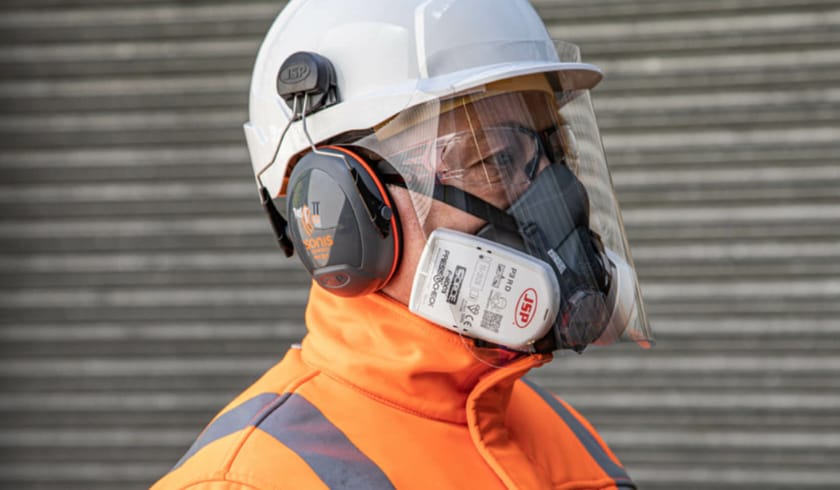
Ear Plugs
- Our range of plugs will plug your ear canal to reduce the sound pressure reaching workers’ ear drums
- When used correctly, ear plugs are the most effective form of ear protection
- Available both corded and strapped
- Both disposable and reusable options available (require washing between uses)
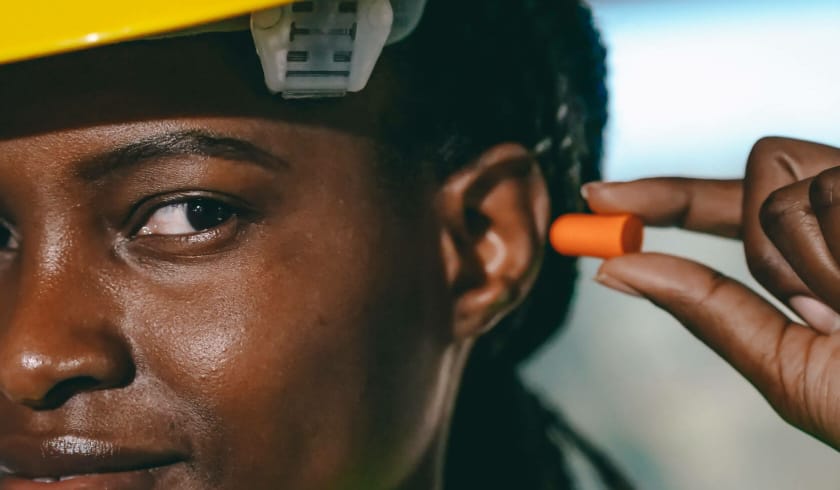
Ear Defenders and Muffs
Unlike ear plugs, earmuffs / defenders are worn over the entire ear to reduce sound by sealing against the head with an over-head band.
Some earmuffs don’t use a headband and clip to the side of a hard hat. Since earmuffs don’t block the sound entering the ear, a good seal between the cups and the head is needed.
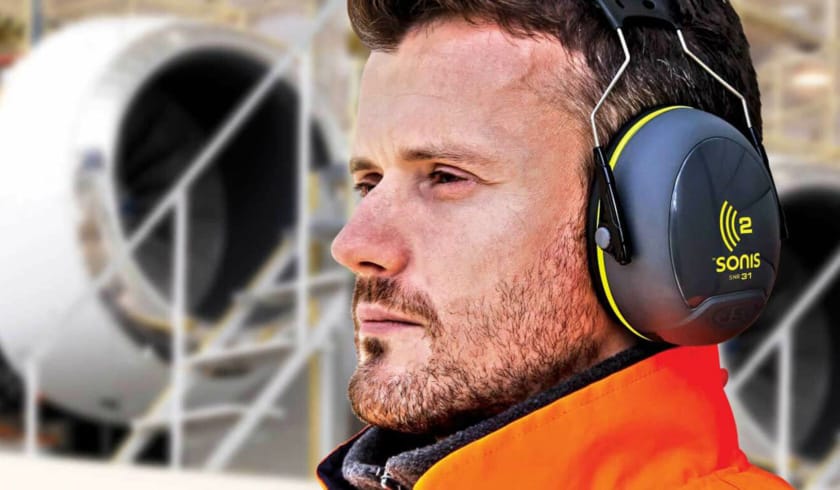
Related Products
Interested in our other PPE and workwear options?
From chemical PPE to Arc flash rated garments, DCC can supply exactly what you need.
Commonly asked questions
Confused about the hearing protection you need? Let us help.
When is it appropriate to use ear protection?
Any place where there is a chance of being exposed to dangerous noise levels that could possibly harm hearing requires ear protection. This includes areas like factories with large machinery, building sites, factories, airports, and music halls, amongst others. The use of ear protection is advised whenever noise levels regularly surpass 85 decibels (dB) in order to prevent noise-induced hearing loss.
When is something too loud?
The decibel (dB) level at which sound becomes “too loud” or possibly detrimental to human hearing varies on both the intensity and length of exposure. Generally speaking, sounds that regularly exceed 85 decibels (dB) and last for an extended period of time are thought to be potentially detrimental to human hearing.
What kinds of ear protection are there?
To protect hearing in various circumstances, there are various types of ear protection devices available. To suppress or muffle sound, earplugs such as foam or silicone kinds, are placed inside the ear canal. Earmuffs, which consist of padded ear cups and a headband, block out noise physically and may be adjusted and used again. Semi-insert earplugs combine the ease of use of earplugs with part of the effectiveness of earmuffs.
How do you choose ear protection?
Assessing noise levels, comfort, activity type, and communication requirements is necessary while selecting ear protection. Determine noise levels, give comfort and fit first priority, match protection to the activity, and take communication needs into account. For individualised suggestions, seek the counsel of an expert or have your hearing tested.
How do you maintain ear protection?
Maintaining ear protection is essential. Check them for wear on a regular basis, keep them clean, and store them correctly. If necessary, replace damaged equipment. Replace batteries and inspect parts to protect electronics. Effectiveness and lifespan are ensured by proper maintenance.
What regulations apply to hearing protection?
Depending on the region in which you operate, there will be different regulations that apply. OSHA’s 29 CFR 1926.95, 52, and 134 in the United States specifies hearing protection requirements. In the European Union and the UK, it is governed by the European Standard EN 352 Series. The EN 352 series of standards, which includes EN 352-1 for earmuffs and EN 352-2 for earplugs, sets the requirements and testing methods for hearing protection devices.
What makes hearing protection category III?
Hearing protection is frequently categorised as “Category III” in the context of PPE standards because it is meant to offer a high level of protection against serious threats to health and safety. Typically, Category III PPE is made to guard against risks that could result in permanent or life-threatening harm. Hearing loss is regarded as a serious and irreversible health risk, especially noise-induced hearing loss.















